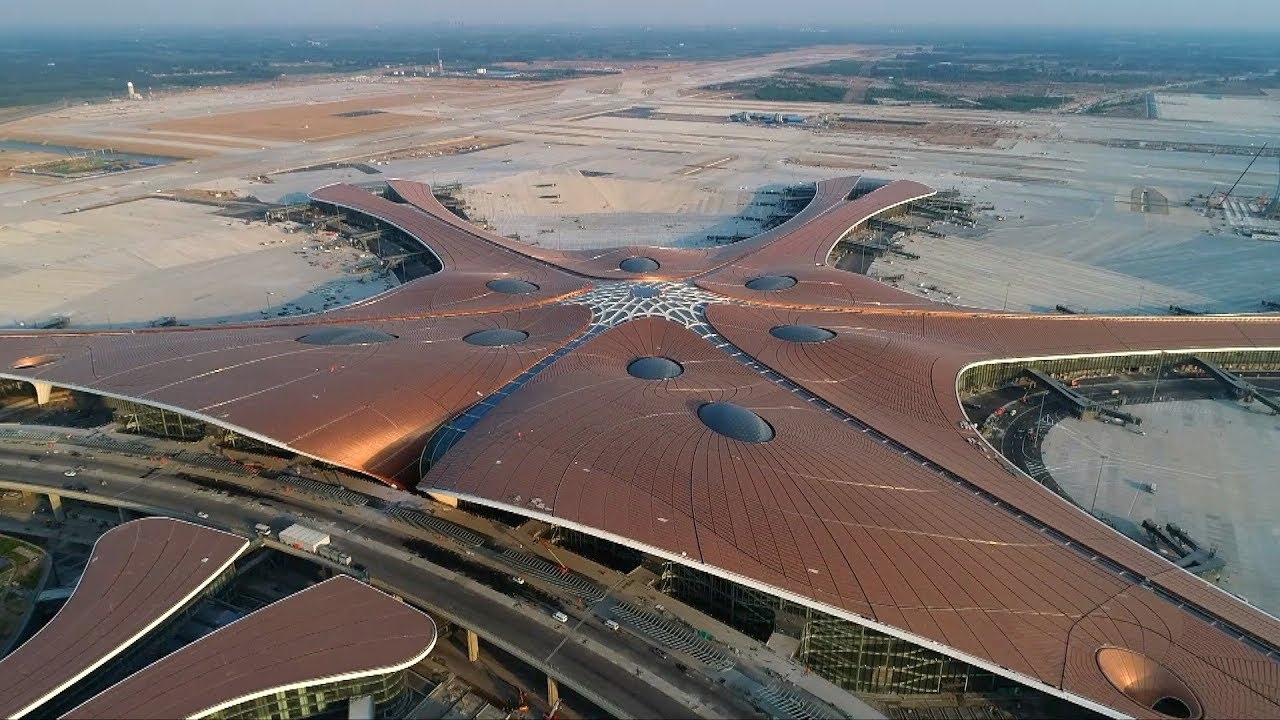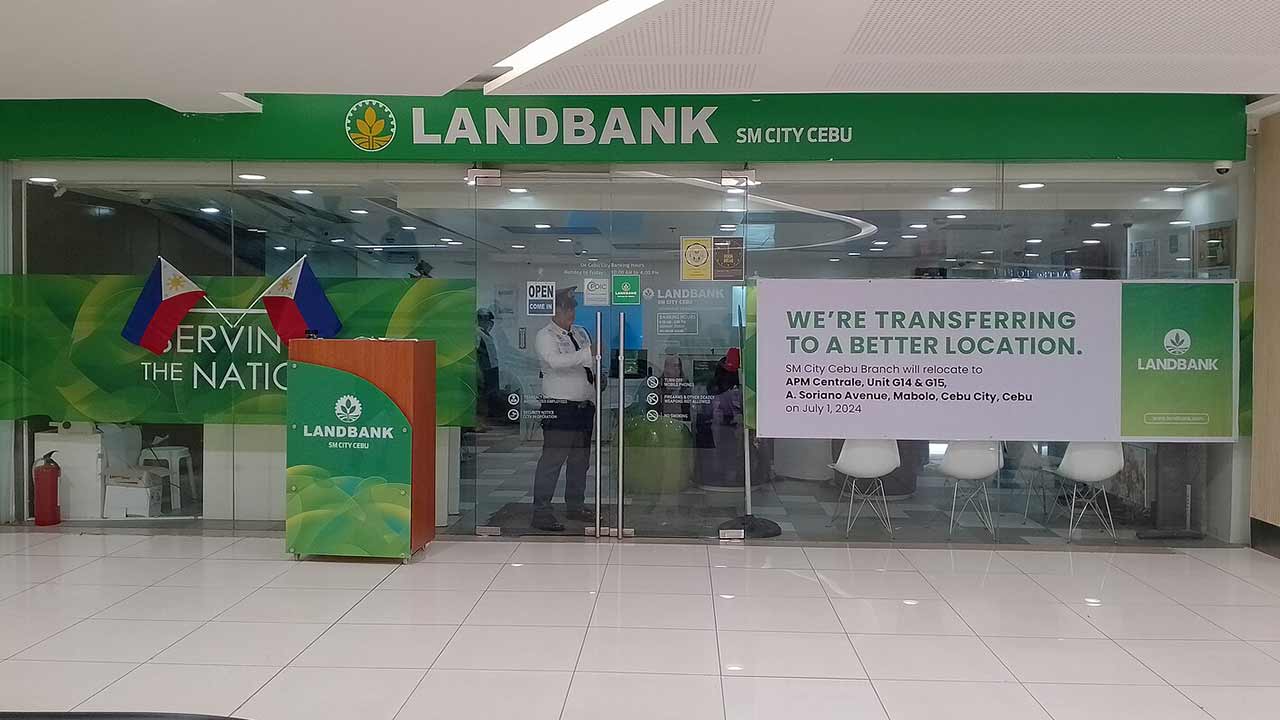China didn’t just build another airport — it built a $17 billion investment in global connectivity, economic influence, and infrastructure dominance. Opened in 2019, Beijing Daxing International Airport (PKX) isn’t just the world’s largest single-building terminal — it’s a calculated financial bet on the future of international air travel, commerce, and regional power. (Source: CBS News)
An Architectural Marvel With Strategic Intent
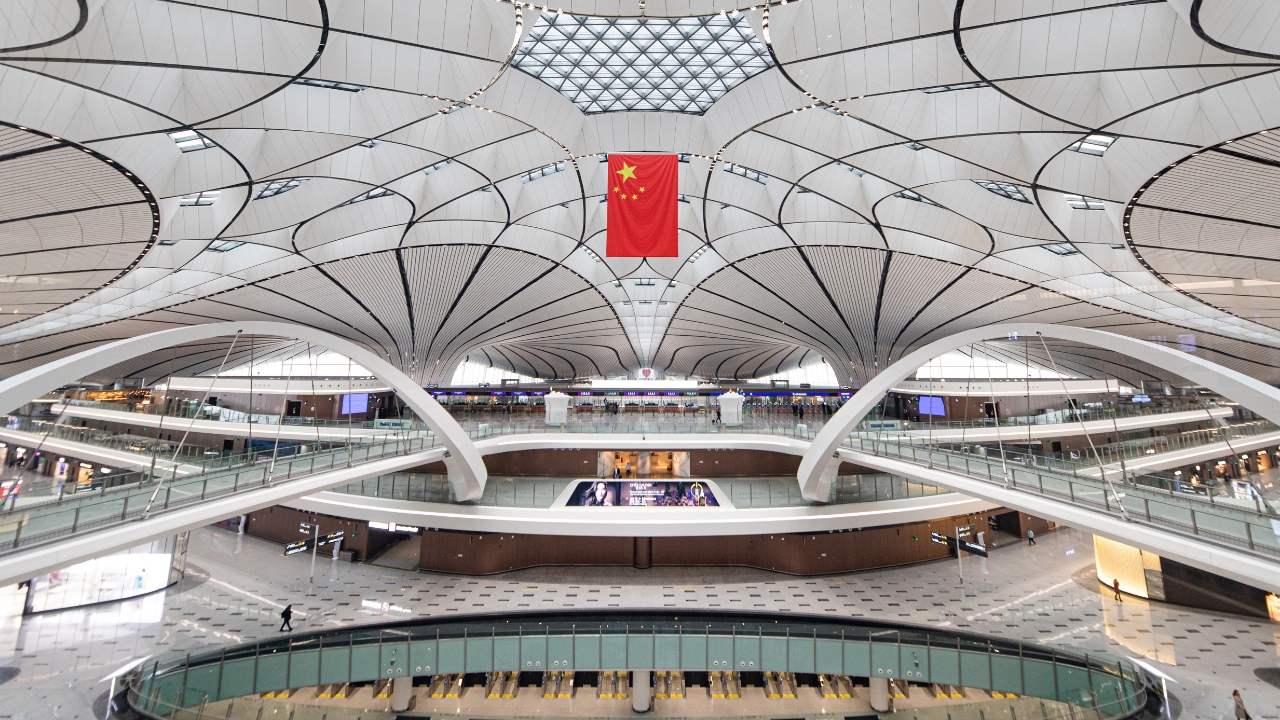
At 7.5 million square feet, Daxing is the largest terminal under one roof on Earth. But its scale isn’t just for show — it’s designed to handle 72 million passengers annually and eventually scale to over 100 million, making it a key pillar in China’s long-term aviation and economic strategy. (Source: Airport Technology)
Its hub-and-spoke layout — inspired by both mid-century modern terminals like JFK’s TWA building and traditional Chinese courtyard architecture — isn’t just beautiful. It’s efficient. With no gate more than 8 minutes from security, it maximizes passenger flow and minimizes bottlenecks, cutting down on delays that cost airlines and travelers billions globally.
The Economics Behind the $17 Billion Price Tag
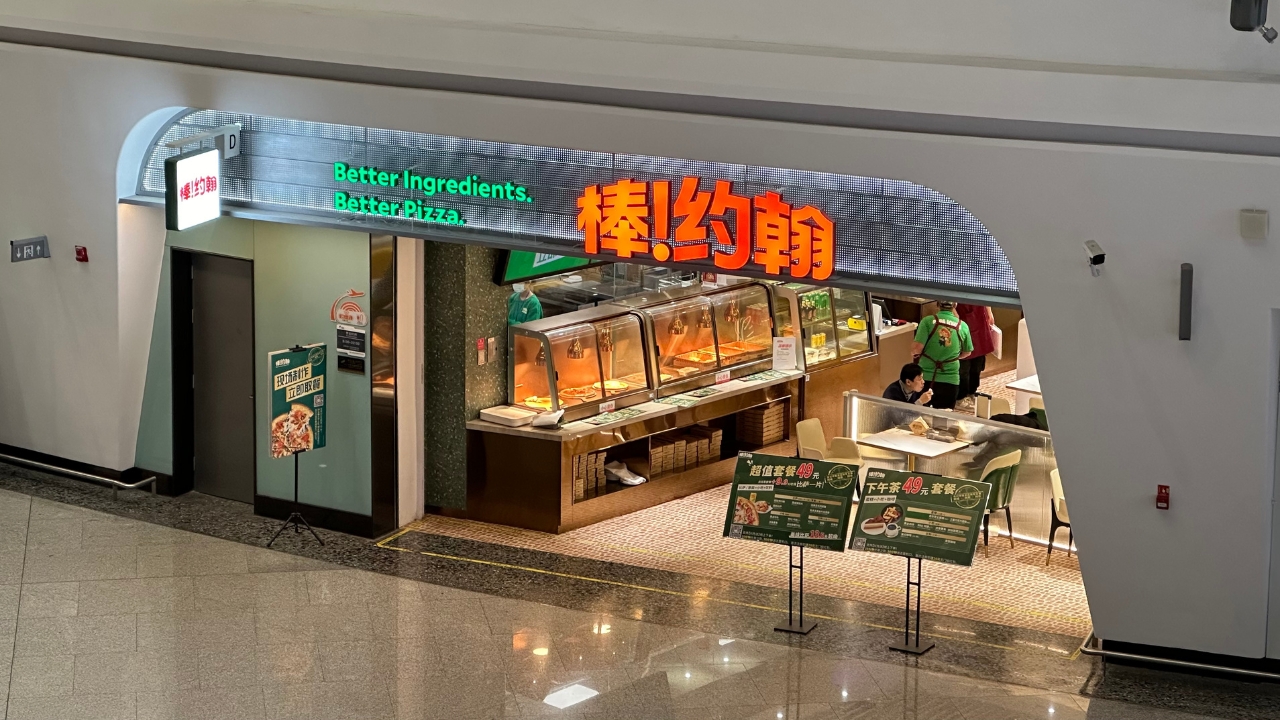
The project cost more than just engineering marvels — it required $17 billion in capital. But China didn’t spend that money for aesthetics. It was a strategic response to:
- Replace Nanyuan Airport, one of the world’s oldest military-civilian airfields
- Ease congestion at Beijing Capital International Airport, which had reached capacity
- Position Beijing as a global aviation hub, rivalling Dubai, Heathrow, and LAX
With China set to become the world’s largest aviation market by 2043, this airport is less about flights and more about financial leverage — facilitating trade, tourism, and high-speed business access to and from the capital. (Source: Airbus)
The return? Beyond traditional aviation revenue, Daxing boosts:
Tourism spending, retail expansion, and luxury brand integration
Local job creation and real estate development in surrounding districts
Logistics and cargo flow across Asia and Europe via China’s Belt and Road Initiative
Monetizing the Passenger Experience
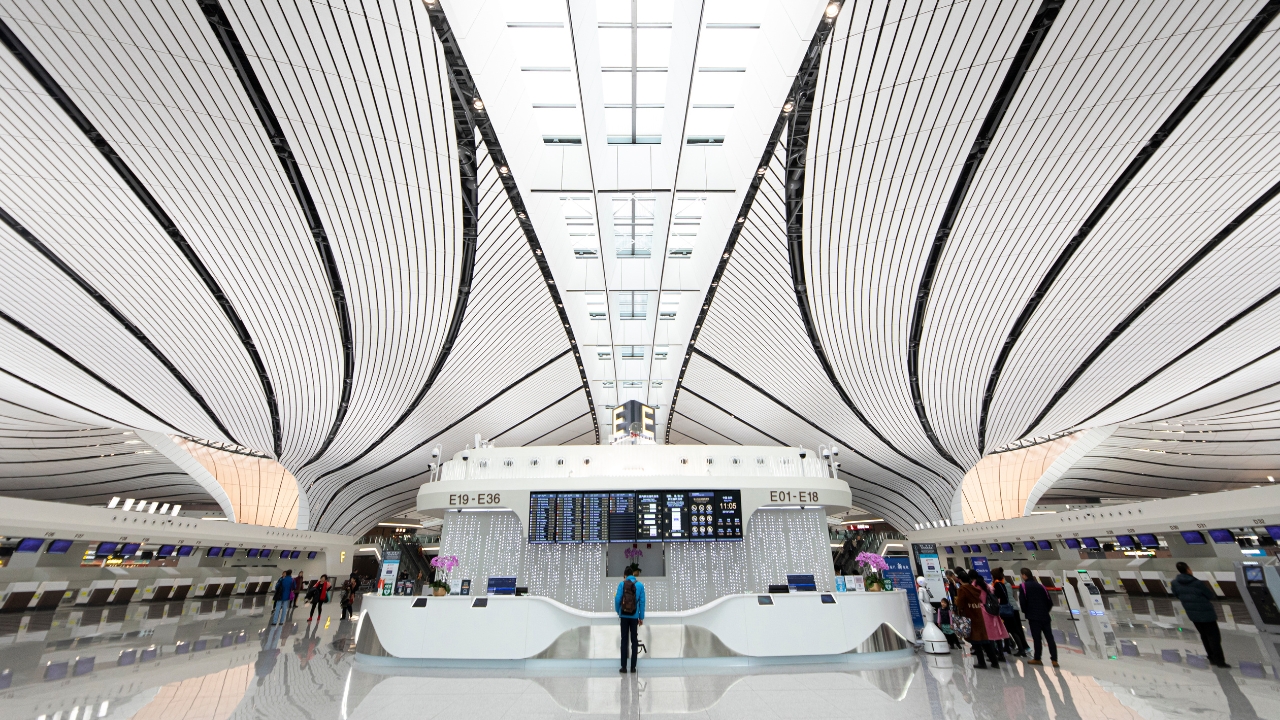
China knows that airports aren’t just transportation hubs — they’re revenue machines. And Daxing’s interior reflects that strategy.
With 70+ restaurants, premium shopping, and wellness offerings, every detail is designed to maximize per-passenger revenue while enhancing the layover experience. Travelers can:
- Grab global favorites like Starbucks or KFC
- Indulge in premium treats at Godiva
- Try local dishes at Ajisen Ramen or Laoshe Teahouse
- Unwind in Zen gardens, yoga rooms, or $50/hour private suites at Aerotel Beijing
This level of retail optimization isn’t accidental — airports globally now see non-aeronautical revenue (retail, dining, services) driving more than 40% of profits. For Daxing, that number could climb even higher as passenger volume surges.
A Global Gateway Built for Expansion
Strategically located just 30 miles south of downtown Beijing, Daxing isn’t isolated — it’s connected. The integrated high-speed rail and metro links allow passengers to reach Beijing in under 20 minutes, which boosts both domestic and international transit potential. (Source: World Architecture)
Its role extends beyond air travel:
- It’s a multimodal logistics hub
- It anchors new economic development zones
- And it strengthens China’s infrastructure-led growth model
The long-term play? Turning Daxing into an Asia-Pacific gateway — attracting global airlines, building commercial partnerships, and supporting a larger aviation network tied directly to China’s economic ambitions.
What Investors Can Learn From Daxing
Beijing Daxing International isn’t just an airport — it’s a case study in infrastructure as an asset class. While the $17 billion upfront cost may seem steep, the long-term cash flow potential, commercial expansion, and macroeconomic benefits prove why governments, investors, and sovereign wealth funds are increasingly betting on mega infrastructure.
If airports are the new business districts, Daxing is China’s masterstroke — blending form, function, and finance into a single architectural feat.

Alexander Clark is a financial writer with a knack for breaking down complex market trends and economic shifts. As a contributor to The Daily Overview, he offers readers clear, insightful analysis on everything from market movements to personal finance strategies. With a keen eye for detail and a passion for keeping up with the fast-paced world of finance, Alexander strives to make financial news accessible and engaging for everyone.
